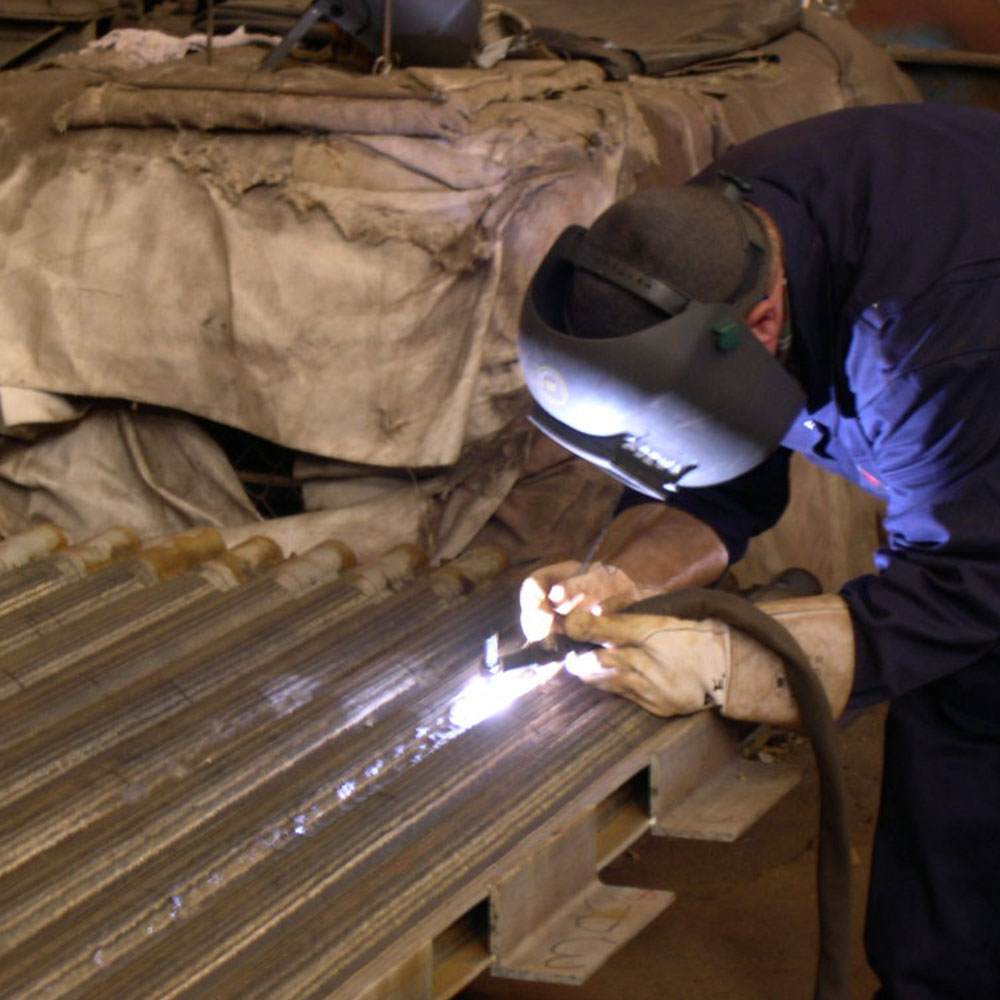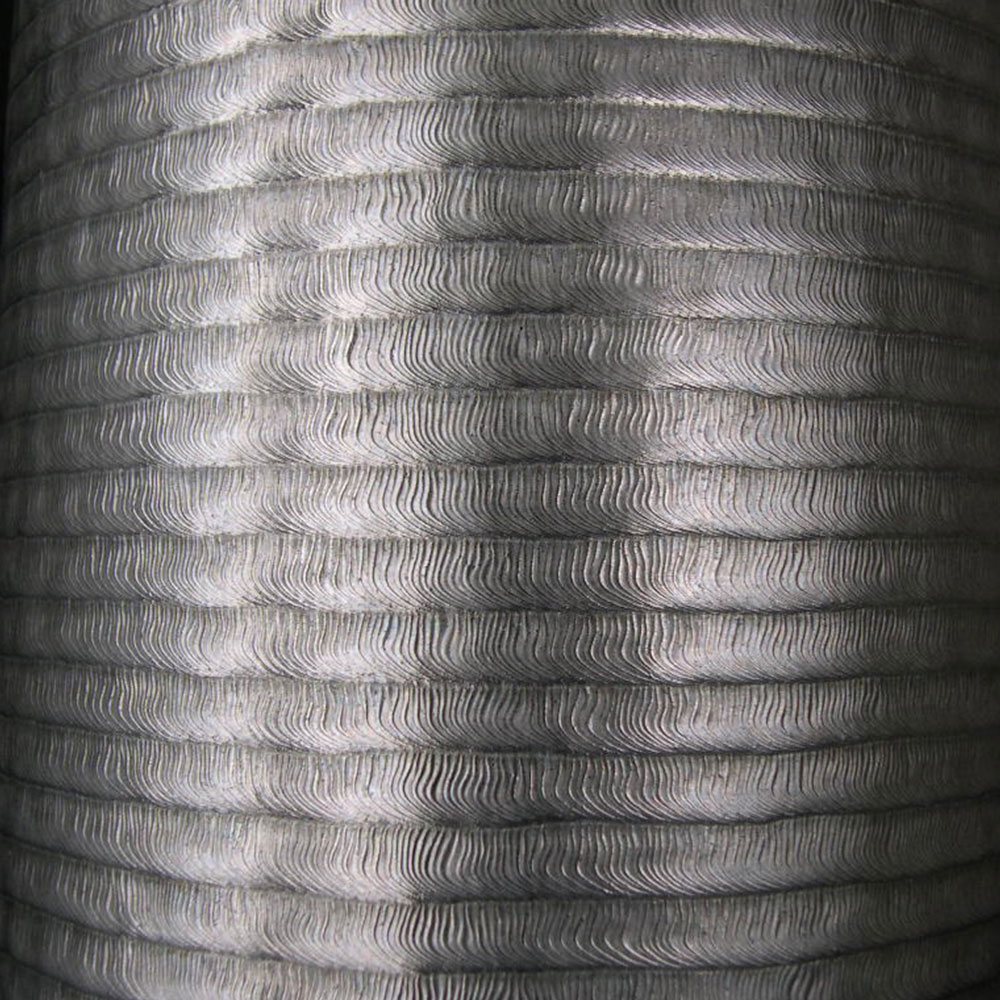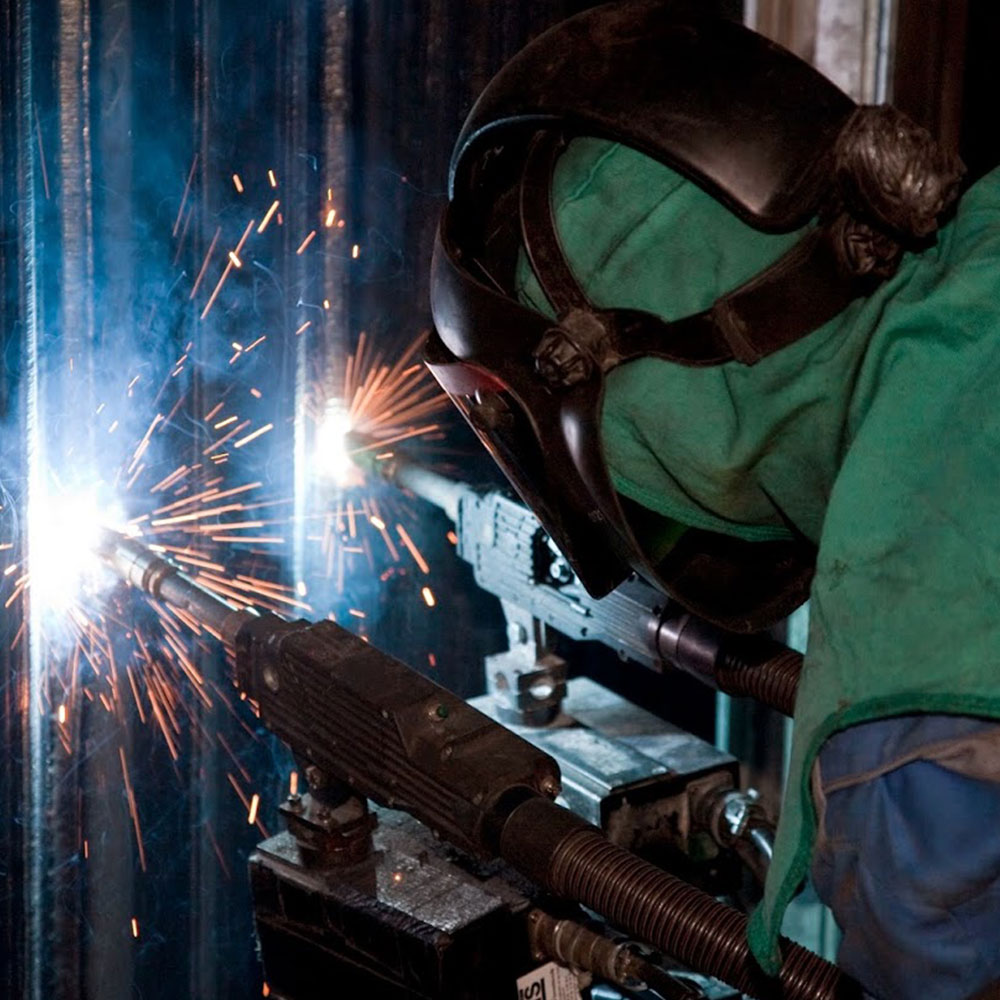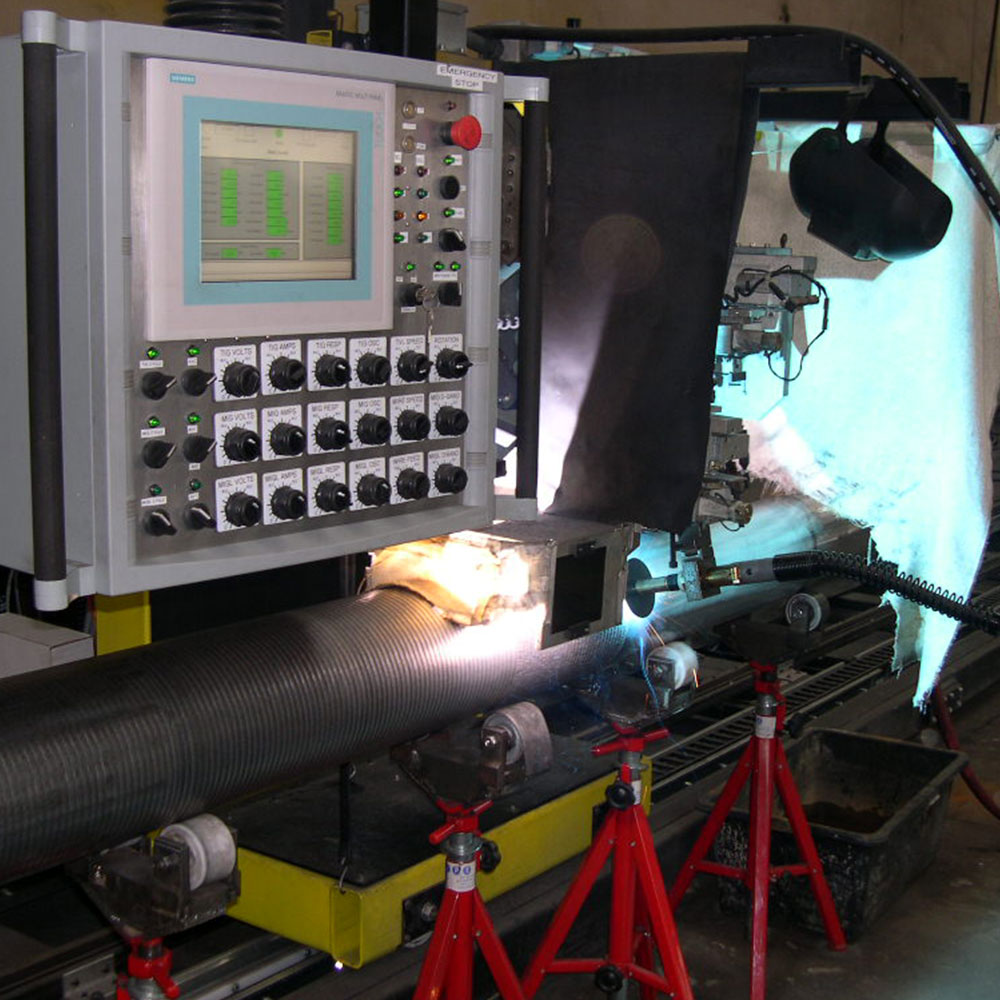What is Weld Overlay?
Weld overlay, also known as cladding, is a welding process used to apply a protective layer or to enhance the surface properties of a base material.
This technique involves depositing a layer of material onto the surface of a substrate through various welding methods. Among the various methods, at Flame Spray we can offer Plasma Transferred Arc (PTA), Metal Inert Gas (MIG), and Laser.
PTA Weld Overlay:
PTA welding utilizes a non-consumable tungsten electrode and a powdered filler material. The electrode generates a plasma arc, which melts the filler powder and deposits it onto the substrate. PTA weld overlay is widely used for applications requiring high deposition rates, excellent metallurgical bonding, and resistance to corrosion and wear.
MIG Weld Overlay:
MIG welding involves the use of a consumable wire electrode and a shielding gas to protect the weld pool from atmospheric contamination. MIG weld overlay is a versatile process, enabling the deposition of various alloys onto the base material. It is commonly used for cladding applications requiring improved corrosion resistance, hardness, or specific metallurgical properties.
Laser Weld Overlay:
Laser welding employs a highly focused laser beam to melt and fuse the filler material onto the substrate. Laser weld overlay offers precise control over the heat input and provides a narrow, concentrated heat-affected zone. This method is often preferred for applications demanding minimal distortion, high precision, and excellent surface finish.
In all three methods, the choice of filler material depends on the desired properties and the environmental conditions the overlay will be exposed to. Weld overlay processes are widely employed across industries such as oil and gas, power generation, chemical processing, and aerospace, where enhanced surface characteristics are critical for performance and longevity.





Advantages of Welding Overlay
Weld overlay, a versatile technique for surface enhancement, offers several advantages across different applications.
In PTA (Plasma Transferred Arc) welding, it is optimum for hardfacing pump components. Advantages include precise control over the heat-affected zone, minimal dilution, improved wear resistance, and enhanced corrosion protection.
MIG (Metal Inert Gas) welding is ideal for Waste to Energy boilers, providing benefits such as high deposition rates, excellent fusion, minimal distortion, and superior toughness. Laser welding, well-suited for Turbine applications, offers advantages like high precision, narrow heat-affected zone, minimal distortion, reduced material waste, and enhanced mechanical properties. These techniques provide efficient and cost-effective solutions for various industries, ensuring improved performance and durability of critical components.
Results
Bring us your problems, our experience will provide the answers
We support and advise you in selecting the most suitable technology and materials to meet your specific needs.
Contact us now to have an engineer at your disposal, and together, we’ll find the solution to your biggest problems. We understand urgent, an engineer can be immediately available, call us, email us, and if necessary, you’ll have a proposal within 24 hours.
F.A.Q.: Weld Overlay Techniques for Hardfacing Applications on Pump Components, Waste to Energy Boilers, and Turbine Applications
Weld overlay, also known as cladding or hardfacing, is a process that involves depositing a layer of compatible material onto a base metal to enhance its surface properties, such as wear resistance, corrosion resistance, or high-temperature performance.
PTA welding utilizes a plasma arc to melt the filler material, which is then deposited onto the base metal. It is ideal for hardfacing applications on pump components, providing excellent wear resistance and corrosion protection in demanding environments.
MIG welding employs a consumable wire electrode and an inert shielding gas to create an arc for melting the filler material. It is best suited for applications on Waste to Energy boilers, offering superior resistance to high-temperature corrosion or erosion.
Laser welding employs a high-intensity laser beam to melt and fuse the filler material with the base metal. It is highly effective for hardfacing turbine components, delivering precise and controlled heat input, minimal distortion, and superior bond strength.
Weld overlay extends the service life of components by improving their resistance to wear, corrosion, and high temperatures. It allows for cost-effective repair and restoration of damaged parts, reducing downtime and replacement costs. Furthermore, it offers customization options by selecting specific materials to meet the requirements of various applications.
The choice of weld overlay technique depends on the specific application and the desired properties. Consider factors such as the operating environment, mechanical stresses, temperature, and corrosion exposure when selecting PTA, MIG, or laser welding for optimum performance.
Weld overlay requires skilled technicians and careful process control to ensure proper fusion and adhesion. The selection of appropriate filler materials and base metals is crucial to achieve the desired performance. It is essential to conduct thorough inspections and quality assurance to maintain the integrity of the overlayed surfaces.
Yes, but proper material compatibility and pre-weld preparation are essential to achieve optimal results.
